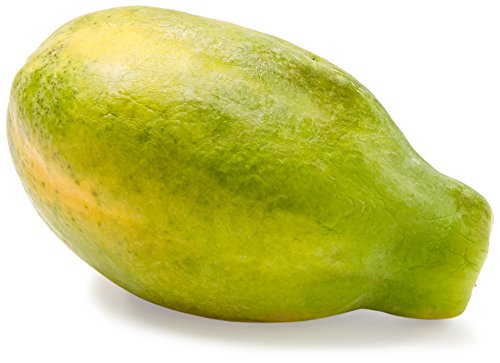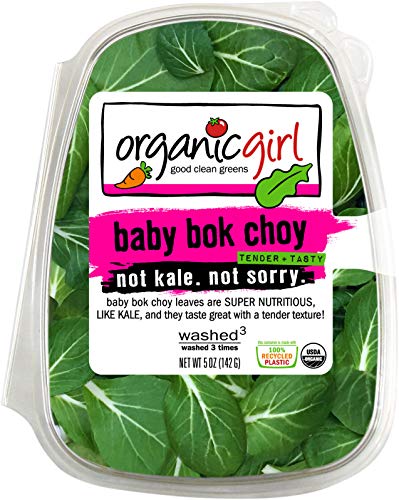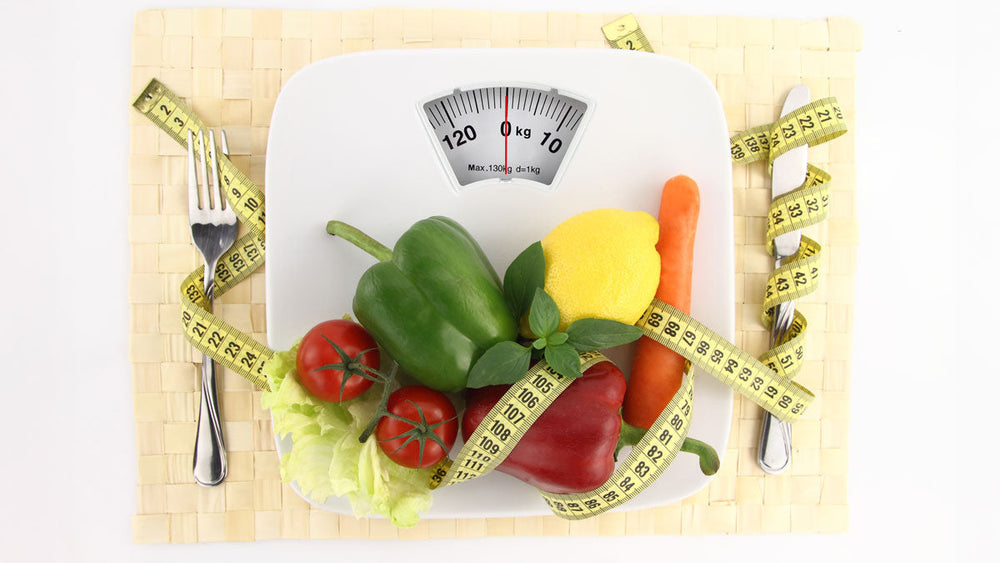Our youth have noticed a noticeable increase in interest in plant-based diets.
When it comes to children and adolescents following a plant-based diet, the American Academy of Nutrition and Dietetics believes that “appropriately planned vegetarian, including vegan, diets are healthful, nutritionally adequate, and may provide health benefits for the prevention and treatment of certain diseases.”
When I was 13 years old, I decided to become a vegetarian. For the next four years, I tried and often failed to follow a meatless diet while the rest of my family continued their omnivorous diet. Instead of finding plant-based protein options, I substituted the meat that the rest of my family was eating with processed, empty calories. As a result, I was often sick, and I ended up returning to an omnivorous diet when I entered college. My failure to healthfully follow a plant-based diet as an adolescent boiled down to my inability to plan appropriately.
So what specific nutrients do we need to consider when planning healthy plant-based diets for children, and why would we in the first place?
We all know that being overweight and obese increases the risk for chronic diseases such as diabetes mellitus, heart disease, acid reflux, and even cancer. Evidence shows that being overweight or obese in childhood and adolescence, which is classified as >85th percentile weight-for-age, heavily increases the risk of being overweight or obese in adulthood. In fact, 70-80% of overweight and obese adolescents will remain at higher body weights as adults.
There is evidence that specific plant-based eating patterns can improve weight status in youth. Let’s take a look:
- In a study of 215 adolescents in Australia, those who mostly consumed vegetarian foods were more likely to have a significantly lower BMI.
- A separate randomized-control trial from 2015 indicated that obese children who began to follow a vegan diet saw improved cardiovascular risk outcomes after just one month.
- Most recently, a 2021 study showed that vegan children had normal growth rates and were less likely to become obese.
The position paper on vegetarian diets referenced earlier mentions that careful consideration for certain nutrients is needed for children to healthfully follow a vegetarian diet. The micronutrients include iron, zinc, Vitamin D, Vitamin B12, and calcium. Children have an increased recommended daily requirement for some of these nutrients to help meet their unique growth and development needs. Let’s take a look at what the Daily Recommended Intakes are for these nutrients.
DRI for Nutrients of Concern from the NIH: National Library of Medicine
| Age | Calcium | Iron | Vitamin D | Vitamin B12 | Zinc | Protein |
|---|---|---|---|---|---|---|
|
Children (4-8 years) |
800 mg/day |
10 mg/day |
5 µg/day |
1.2 µg/day |
5 mg/day |
15 g/day |
|
Males (9-13 years) |
1300 mg/day |
8 mg/day |
5 µg/day |
1.8 µg/day |
8 mg/day |
27 g/day |
|
Males (14-18) |
1300 mg/day |
11 mg/day |
5 µg/day |
2.4 µg/day |
11 mg/day |
44 g/day |
|
Females (9-13 years) |
1300 mg/day |
8 mg/day |
5 µg/day |
1.8 µg/day |
8 mg/day |
28 g/day |
|
Females (14-18) |
1300 mg/day |
15 mg/day |
5 µg/day |
2.4 µg/day |
9 mg/day |
38 g/day |
Certain nutrients may need to be monitored more closely depending on the type of plant-based diet they are following. For example, lacto-ovo vegetarians may be meeting all of their calcium and vitamin D needs through dairy products, but they may fall short of vitamin B12 and require additional support from supplementation or fortified food products. Whereas a child who follows the flexitarian diet may get enough vitamin B12 through the meat products they consume in moderation. Of course, ensuring that protein needs are met is also important. Knowing your plant-based sources of protein is a great place to start.
As a reminder, there are many different types of plant-based diets. There is certainly room for more research on the health outcomes of these various diets in children and adolescents. If your family and child choose to follow any type of plant-based diet, it can be a good idea to obtain routine lab work to establish an adequate intake of all nutrients.
If you need extra assistance creating a diet that meets your family’s needs and values, I recommend consulting a registered dietitian nutritionist. If I had done so when I was transitioning to a vegetarian diet, I have little doubt that I would have had a much healthier adjustment.
- Melina, V., Craig, W., & Levin, S. (2016). Position of the Academy of Nutrition and Dietetics: Vegetarian Diets. Journal of the Academy of Nutrition and Dietetics, 116(12), 1970–1980.
- Sabate, J., & Wien, M. (2010). Vegetarian diets and childhood obesity prevention. The American Journal of Clinical Nutrition, 91(5), 1525S-1529S.
- Macknin, M., Kong, T., Weier, A., Worley, S., Tang, A. S., Alkhouri, N., & Golubic, M. (2015). Plant-based, no-added-fat or American Heart Association diets: impact on cardiovascular risk in obese children with hypercholesterolemia and their parents. The Journal of pediatrics, 166(4), 953–9.e93.
- Sutter, D. O., & Bender, N. (2021). Nutrient status and growth in vegan children. Nutrition research (New York, N.Y.), 91, 13–25.
- National Institute of Health: National Library of Medicine. (2008). Appendix K- Dietary reference intakes for individuals ages 4 through 18 years, including those who are pregnant or lactating. Retrieved May 8, 2023.



















Comments
Join The Conversation...